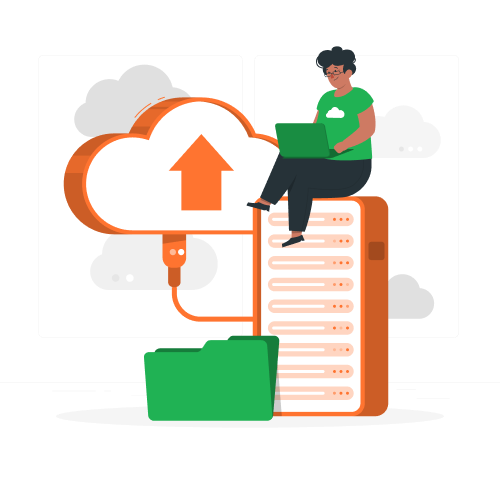




Loading
Cloud application migration is the process of transferring software applications from one environment to another-whether it's from on-premises servers to the cloud, between data centers, or across different cloud platforms. This transition enables businesses to take full advantage of modern infrastructure, improve agility, and streamline operations.



Before initiating a cloud migration, it's crucial to understand the broader impact on your business. Assess how potential downtime could affect operations and service delivery. Consider the complexity of the migration-while cloud computing offers scalability and agility, not all applications, especially legacy systems, are ideal candidates. Evaluate whether some components should remain on-premises. Also, compare your current hosting and maintenance costs with the projected expenses of migration, ongoing cloud services, and cloud-based maintenance.

Understanding the financial implications of cloud migration requires a thorough Total Cost of Ownership (TCO) assessment. This includes comparing current infrastructure costs-such as hardware upkeep, software licensing, and operational expenses-with those of the cloud environment. Don't forget to factor in costs related to testing the new infrastructure and training your team to operate within the updated environment.

Once readiness and costs are assessed, map out a clear project timeline. Complex migrations, particularly those involving legacy systems, may require more time and resources. Identify any risks or potential roadblocks-during and after migration-and build contingency plans to manage them. A well-structured timeline and risk strategy are essential for a smooth transition.
Let our cloud experts guide you through a smooth and secure
migration-tailored
to your business needs and built for long-term success.
